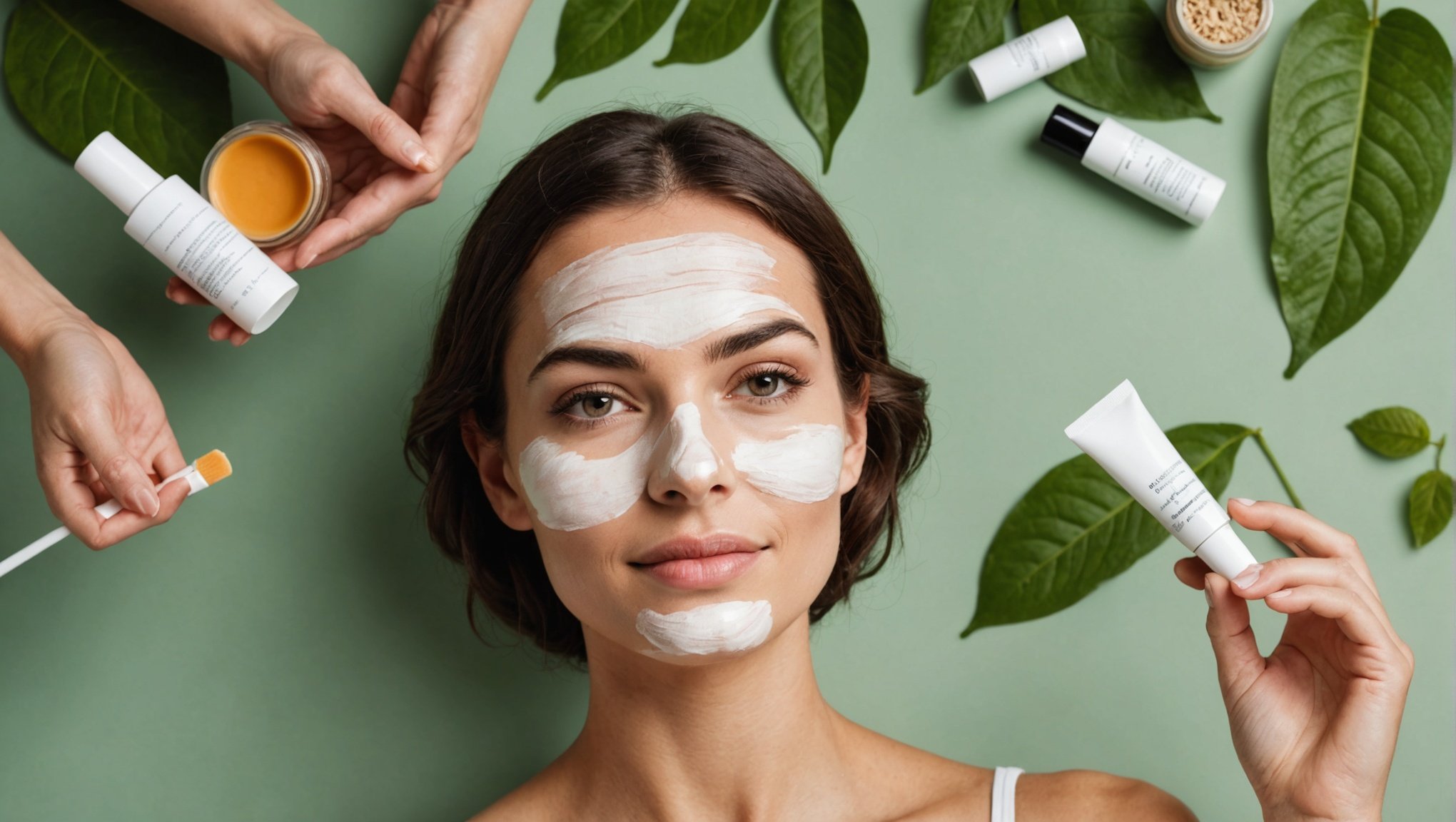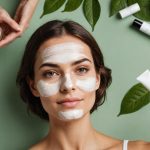The burgeoning demand for sustainable beauty products is an outcome of the heightened environmental consciousness of consumers. The beauty industry is heeding this clarion call, with numerous brands unveiling biodegradable cosmetics. These eco-friendly products are not only gentle on the skin, but are also kind to Mother Nature, leaving minimal ecological footprints. However, deciding to buy these products involves more than just picking up a ‘green’ labeled product from the shelf. Here’s a closer look at what you should consider when switching to biodegradable beauty products.
Discerning Genuine from Greenwashing
The rise of the green beauty industry has seen an influx of products claiming to be natural, organic, or green. While many brands are genuinely committed to creating sustainable products, others merely use these buzzwords to appeal to eco-conscious consumers. This practice, often referred to as ‘greenwashing’, can confuse customers and lead to unintentional support of brands that aren’t truly environmentally friendly.
In parallel : What Are the Steps to Create a Detoxifying Bath with Household Ingredients?
Before buying, scrutinize the product’s ingredients list. Check for certifications from relevant bodies such as the Soil Association, COSMOS, or Ecocert, which authenticate the organic or natural claims of a product. Also, research the brand’s overall commitment to sustainability beyond their individual products. Do they use renewable energy in their production processes? Do they have a fair-trade policy? These details can shed light on how genuinely ‘green’ a brand is.
Understanding Cosmetic Ingredients
When it comes to beauty and skincare products, the ingredients list can often seem like an alien language. However, understanding these ingredients is pivotal, especially when you’re aiming for a green switch.
Also to discover : How Can You Style a Trench Coat for Both Casual and Formal Occasions?
Firstly, focus on the products that are free from parabens, sulfates, and synthetic fragrances as these are known to be harmful to the skin and the environment. Look for products that are plant-based or made from natural sources. Precisely, your chosen products should be free from petrochemicals, which are derived from petroleum and natural gas, and are non-biodegradable.
Also, remember to avoid products with microbeads. These tiny plastic particles are non-biodegradable and can harm aquatic life when washed down the drain. Instead, opt for exfoliators that use natural alternatives like jojoba beads or ground apricot kernels.
Choosing Sustainable Packaging
The packaging of a beauty product often contributes significantly to its environmental impact. Even if a product is organic or biodegradable, its packaging could still be harmful if it’s non-recyclable or made from virgin plastic.
A growing number of beauty brands are now using packaging made from post-consumer recycled materials or biodegradable materials like bamboo. Some brands even offer refillable products or incentivize customers to return their empty containers for recycling.
Before you make a purchase, inspect the packaging to see if it’s recyclable or biodegradable. If the packaging information isn’t clear, reach out to the brand for clarification. Remember, every piece of plastic produced still exists somewhere on the planet, and it’s our responsibility to minimize this as much as possible.
Checking for Cruelty-Free Status
Being an environmentally conscious consumer also means being an ethically aware consumer. Many eco-conscious consumers prefer to use products that are cruelty-free, meaning they’re not tested on animals.
Look for logos from organizations like Leaping Bunny or PETA, which indicate that a product is cruelty-free. However, don’t just rely on the presence of a logo. Some brands may still test their products on animals in countries where it’s required by law—China, for example. Hence, it’s worth doing some extra research to ensure the brand’s cruelty-free status extends to all its operations.
Taking into Account Product Efficacy and Your Skin Needs
While all these considerations are important, don’t forget the product needs to work for you. Remember, the purpose of cosmetics and beauty products is to enhance your skin’s health and appearance.
One common misconception is that natural or organic products are always better. However, just because something is natural doesn’t necessarily mean it’s good for your skin. Every person’s skin is different, and what works for one may not work for another.
Ensure the product you choose is suited to your skin type and addresses your skin’s needs. Read reviews, ask for samples, or consult a dermatologist if you’re unsure. After all, a product that ends up unused in your drawer because it doesn’t work for you is hardly a sustainable choice, regardless of its green credentials.
Embracing the Clean Beauty Revolution
The clean beauty revolution is more than a trend. It is a response to the increasing consumer demand for more transparency and sustainability in the beauty industry. However, embracing this revolution requires more than just a willingness to go green. It also requires an understanding of the various factors that contribute to making beauty products truly sustainable.
In light of this, one needs to consider the entire lifecycle of a product. This includes how the ingredients are sourced, the manufacturing process, packaging, and finally, how the product is disposed of after use. This comprehensive approach ensures that your green purchase is contributing positively to the environment at each stage of the product’s life.
Moreover, the clean beauty revolution isn’t simply about reducing harm to the environment. It’s also about advocating for healthier, safer products for consumers. This is where understanding ingredients comes in. Many natural ingredients are indeed beneficial, however, it’s crucial to remember that not all natural substances are safe and not all synthetic substances are dangerous. It’s the safety and efficacy of an ingredient that matters most.
Given the complexity of the cosmetics industry, buying clean beauty products can seem like an intimidating task. But with a bit of dedication and research, it can become an empowering and rewarding experience. Every time you choose a sustainable beauty product, you are casting a vote for a healthier planet and a healthier you.
Conclusion: Paving the Way for a Green Future in Beauty
The shift towards sustainable beauty has gained momentum over the years, thanks to increased consumer awareness and demand. As a result, many beauty brands are incorporating eco-friendly practices into their business models, ranging from ethically sourcing ingredients to reducing packaging waste.
However, as consumers, we have a responsibility to ensure that our purchase behavior aligns with our values. This means we need to go beyond the labels and dig deeper into what truly makes a product green.
To make informed decisions, we need to educate ourselves about the ingredients in the products we use, understand their impact on our skin, and the environment, and be aware of deceptive marketing practices. Investing time in understanding these factors can help us make the best decisions for our skin, our health, and our planet.
This journey towards sustainable beauty may not be an easy one, but it’s undoubtedly a worthy endeavor. Every small step we take, every green product we choose, brings us closer to a future where the beauty industry is not just about looking good, but also about doing good.
So, let’s keep pushing the boundaries, asking the hard questions, and demanding transparency and accountability from the beauty brands we choose to support. After all, the power to shape the future of the beauty industry lies in our hands.











